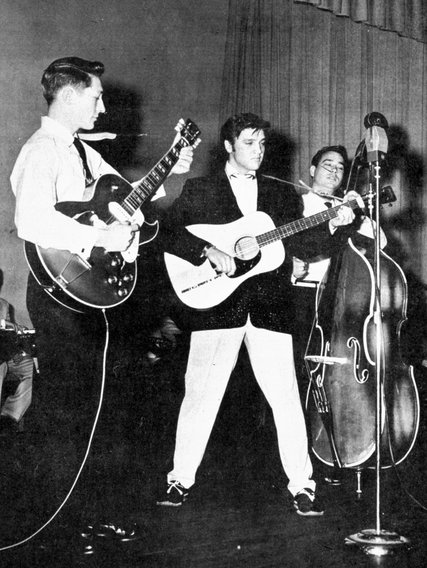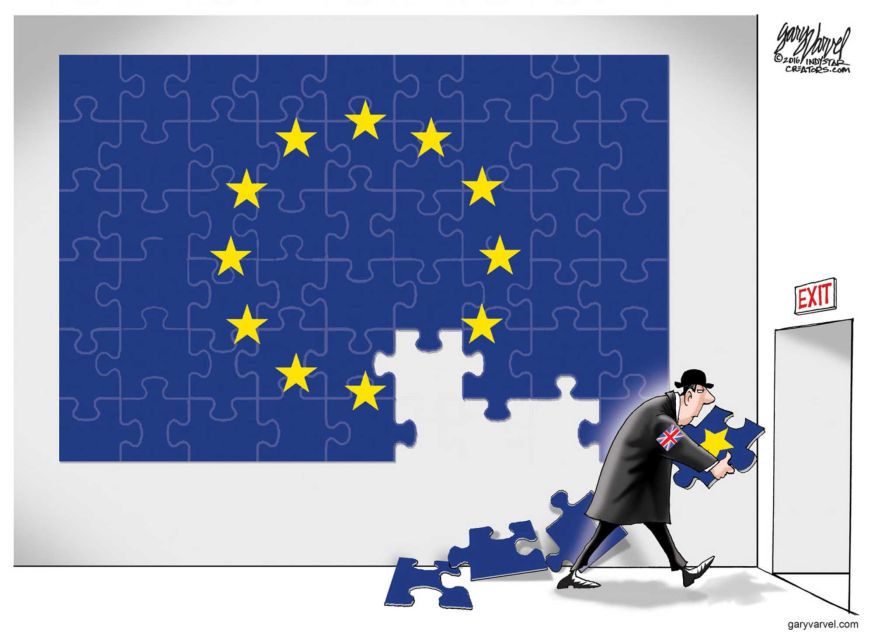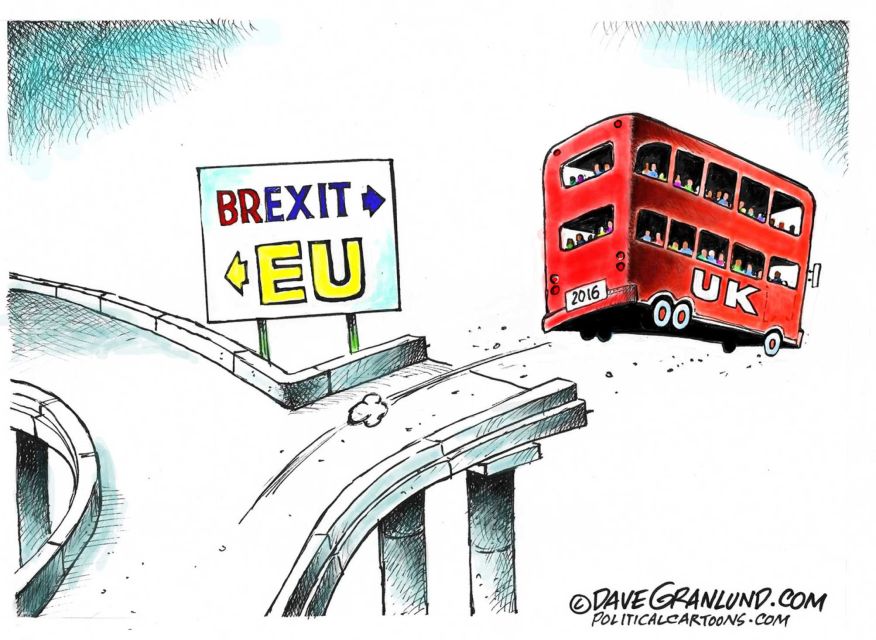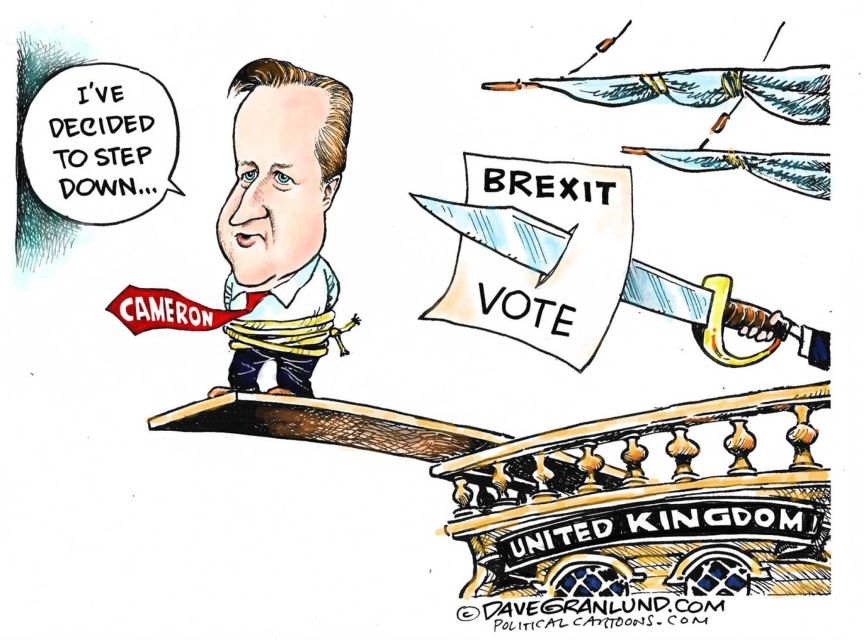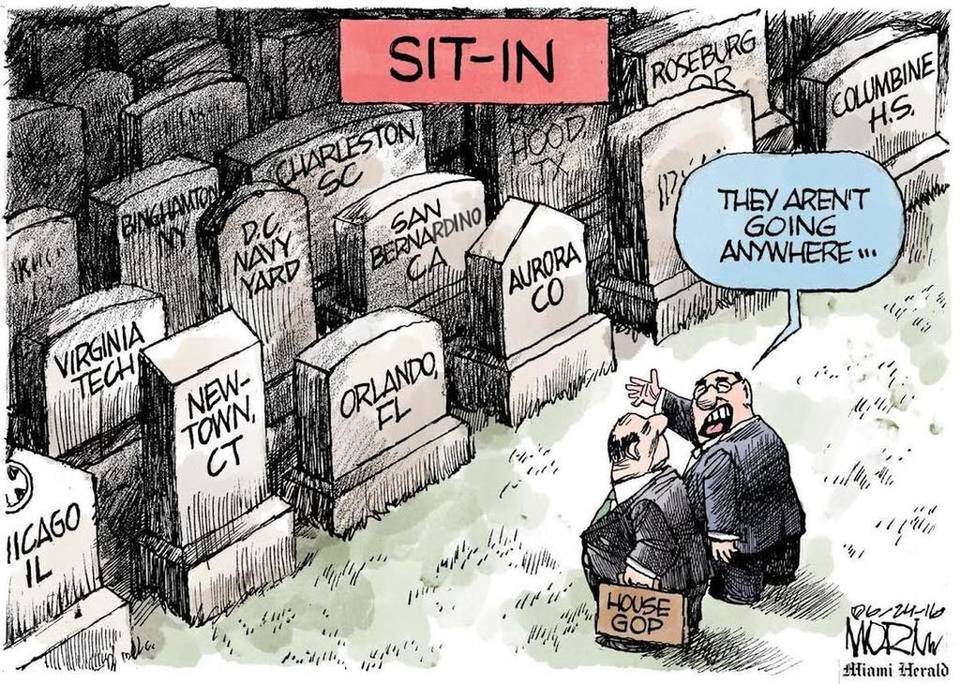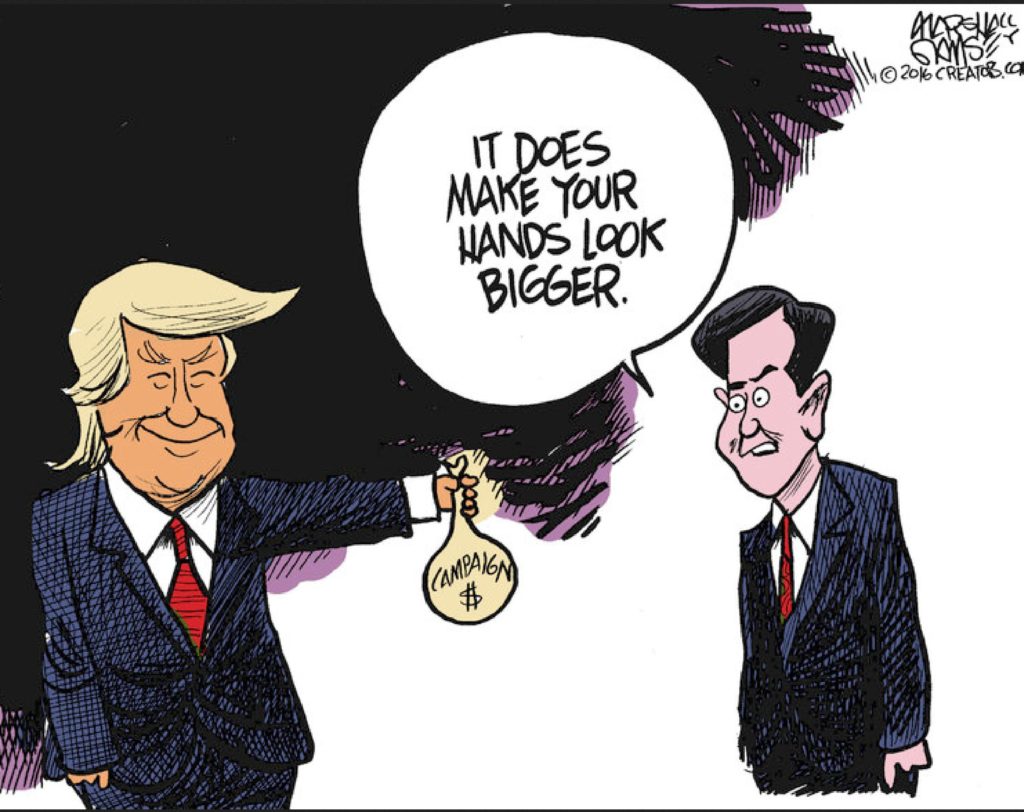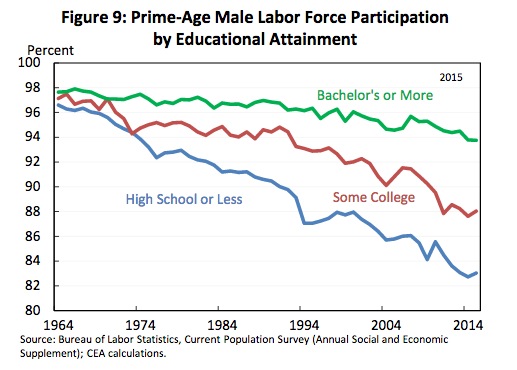In December 2015, Wrongo linked to a year-end prediction in the LA Times:
“One Belt, One Road”, also known as “OBOR,” is a new development strategy initiated by China in 2015 to promote its economic connectivity and cooperative relationship with nations in Eurasia by helping them develop infrastructure. These initiatives should also help Chinese exports.
OBOR is called the new Silk Road by the Chinese. The Silk Road was an ancient network of trade routes linking China’s merchants with Central Asia, the Middle East, Africa and Europe in the seventh century.
Now, China’s president, Xi Jinping, wants his country to revisit the time when the Silk Road was a conduit for diplomacy and economic expansion, and when Chinese silk was sent across the globe.
OBOR has drawn remarkably little attention and comment in the US, especially by our politicians and pundits, who prefer to focus on old white men in red ball caps.
This is surprising, considering OBOR’s economic implications and its geostrategic significance.
OBOR seeks to convert the Eurasian land mass into a single economy by interconnecting a network of roads, railroads, pipelines, ports, airports, and telecommunications links, and, based on these, to create a series of logistics corridors (One Belt). Supplementing this will be a maritime component (One Road), aimed at linking Southeast Asia, Oceania, and North Africa, through the South China Sea, the South Pacific Ocean, and the Indian Ocean. China would develop deep water ports and then build the infrastructure to link them to interior markets. Here is a graphic that shows the “One Belt, One Road” project:
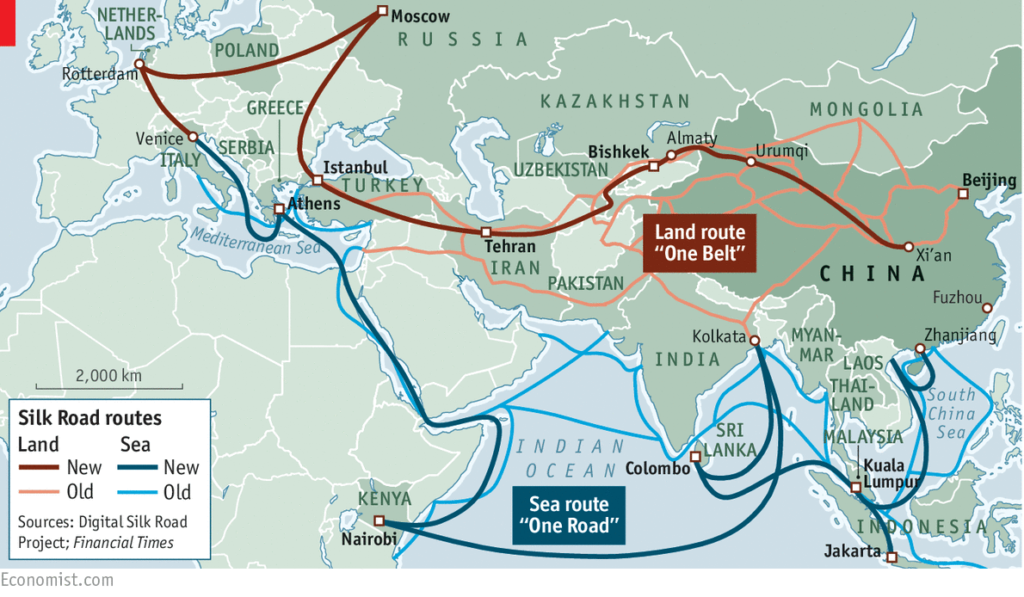 Source: The Economist
Source: The Economist
China plans to commit $4 trillion to build out the OBOR project. That may sound like a lot, but China currently has $3.5 trillion in reserves, mostly in US$. The Chinese say that they have 900 deals in 60 countries in place, or in negotiation, or planned. Most would be designed, built and managed by Chinese enterprises, along with local partners. The Chinese government will directly or through several newly established funds they control, provide the financing for both the Chinese companies and their local partners, with low-interest loans or grants.
OBOR will enable China to employ the large project development capacity that it has built up during its industrialization and infrastructure development drive, much of which China now sees as surplus to current needs.
By seeking to use OBOR to create a Eurasian bloc, China resurrects Mackinder’s World Island Theory, described as: Whoever controls the Heartland of Europe and Asia will rule the world. The corollary is: Who controls the Land Power will unavoidably compete with who controls the Sea Power. Today, the US is the Sea Power, while control of the Land Power is up for grabs, and China is betting that OBOR can help it become the Land Power.
This is China’s Grand Strategy.
Russia is in an interesting position. On the one hand, China is its ally, particularly in oil and gas, with Russia as supplier, and China as the buyer. China will need Russia’s military strength along with its own to offset the military power of the US once the real competition begins. Also, Russia cannot ignore the positive significance that a strong OBOR could provide in its relations with the US and the EU.
China’s bet is that the US is losing its grip in Europe. And that the EU will not be a long-term player politically even if it is economically. The EU is challenged from within by stagnant economies, and challenged from the East by Russia, who sees the EU’s expansion to former Soviet bloc nations as both military and political threats. Possibly, Germany can be spilt off from the rest of Europe.
This is China’s plan for global economic and political primacy in the 21st century. The US response has been to continue playing geopolitics with breathtaking ineptitude: When you are number one, you ally with number three (Russia), against number two (China). Or better yet, get them to fight each other.
But when the US tries to contain both simultaneously, it pushes them together.
Most significant, an autonomous Asian nation is promulgating a global economic and political expansion through bilateral deals. It is presenting a positive and credible vision of future commercial and political success for many countries who no longer trust the West, if indeed, they ever did.
This is very much against the multilateral trade model that the US and the EU have stood for in the past 70 years. Sadly, the West has not demonstrated any positive vision for the future since the end of the cold war.
But trust Trump. He’ll make a great deal, and those Chinese will certainly stay at home.


